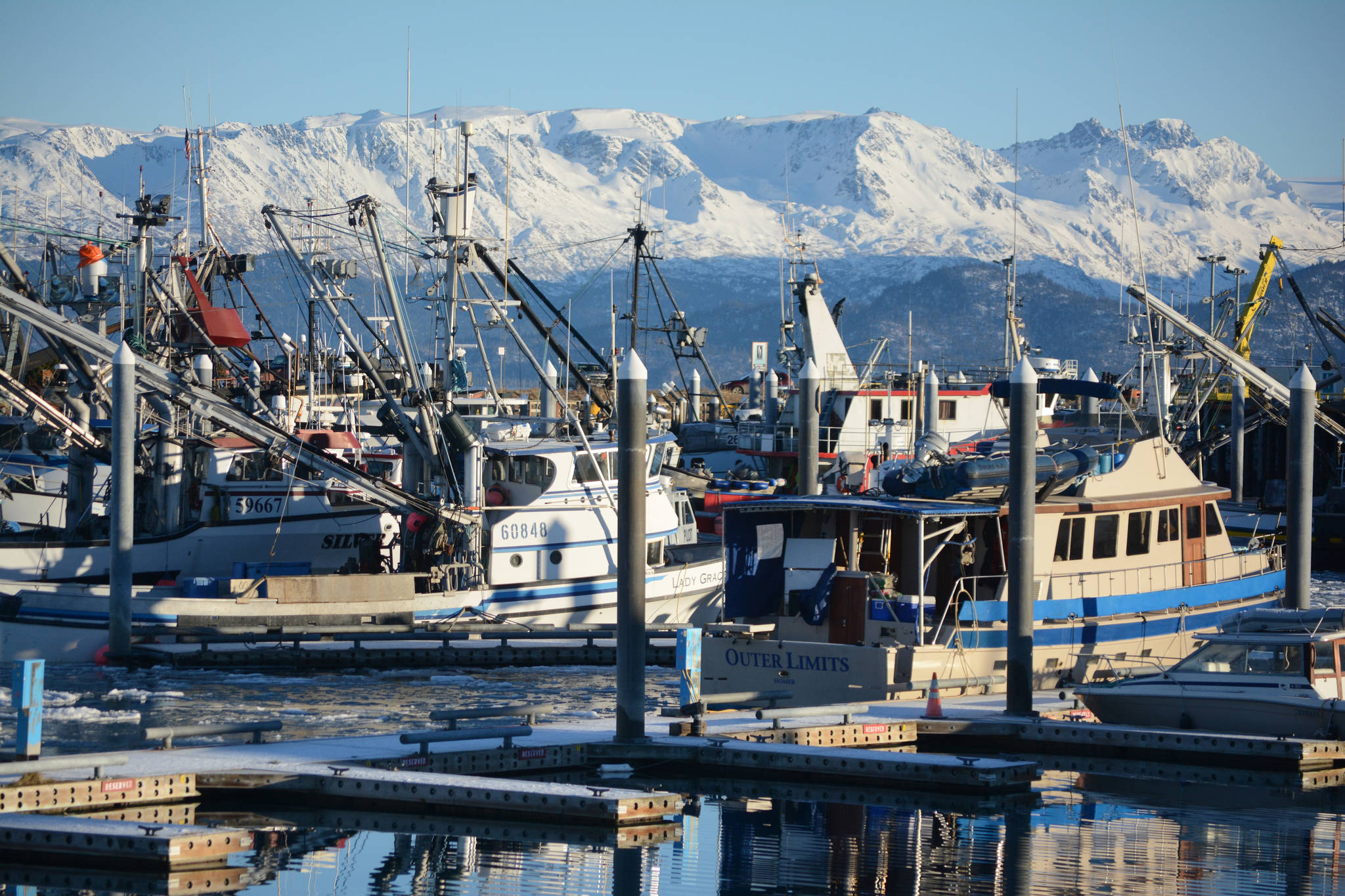It has been a tumultuous year in Alaska fisheries, beginning with the closure of the federal cod season, enduring through an ongoing pandemic, and ending with the Dunleavy administration declaring it would not cooperate with the National Marine Fisheries Service to co-manage the Upper Cook Inlet salmon fishery in the Economic Exclusion Zone, effectively killing the UCI drift gillnet fishery.
The pandemic was one of the biggest struggles for both processors and fishermen. Processors had significant extra costs with providing hotel rooms and other support so that thousands of incoming workers would be able to quarantine for the required two-week period at the time, as well as supplying personal protective gear and other safeguards. There was a concerted effort well before the season by Bristol Bay communities to shut down the fishery entirely to keep the virus out of their towns which have limited health care options.
Fishermen experienced a significant drop in prices as restaurants around the world were shuttered, and crew members were confined to their vessels in many ports which also affected local communities who normally see an economic benefit of crews coming to town with money to spend.
The on-going trade war with China also had an impact on prices, leaving fishermen caught in the cross-hairs with a tariff on their goods in what had been a hard-fought burgeoning market. The federal government has extended a program designed to provide some relief, at taxpayer expense, to Jan. 25.
Cod appear to be rebounding somewhat after a multi-year heat wave in the Gulf of Alaska killed off numerous year classes, enough that there will be a small federal and state-waters season starting in January, but there will not be a bairdi Tanner crab season in Kodiak in 2021, even though there was a small one in January and reports of many recruit-sized crab.
Bering Sea crab is a mixed bag for the 2020-21 season, with king crab seeing a reduction of 1.15 million pounds, down 30% from the 2019-20 season, while the opilio (snow crab) showed strong recruitment with the possibility of a 66% increase.
However, due to pandemic concerns no trawl survey was conducted, causing managers to err on the side of caution and setting a quota of 45 million pounds, up only 32% from last season’s 34 million pounds.
There will also be a small bairdi Tanner crab fishery in the Bering Sea, in the area west of 166 degrees longitude. The quota is set at 2.35 million pounds, the same as the 2017-18 season when the fishery last opened.
The state-wide salmon harvest was down significantly, from 208 million fish last year to 117 million this season, a drop of 44%. It was the 13th lowest harvest on record.
The statewide salmon value of $295.2 million is a whopping 56% decrease from 2019’s $673.4 million, and when adjusted for inflation, it is the lowest value since 2006.
Regional tallies show a drop of half or more in economic value across the board, even in the normally lucrative Bristol Bay sockeye fishery.
There, a catch of just over 40 million salmon was valued at $140.6 million to fishermen, down from 44.4 million fish and a record payday of $306.5 million in 2019.
In Southeast, 14.3 million salmon were landed with an ex-vessel value of just over $50 million, compared with a catch of 32.2 million fish in 2019 at a value of $101.8 million.
Kodiak saw a surge of pinks that raised their tally to over 24 million salmon with an ex-vessel value of $26.6 million, compared to 35.7 million fish in 2019 at a value of $47 million.
In Upper Cook Inlet, the commercial harvest of 1.2 million salmon was 65% below the most recent 10-year average of 3.2 million fish. The estimated ex-vessel value of the 2020 harvest of all salmon species is approximately $5.2 million, the worst ex-vessel value on record, and about 81% less than the previous 10-year average value of $27 million.
That amount is likely to look like a boon when the EEZ is closed to the drift fleet. Roughly half of the commercial catch comes from the area involved.
Halibut was not spared from the carnage. Prices ranged from $3.25 to $5.25 per pound, down from highs of around $6.75 per pound last year. Those prices combined with poor fishing in the Aleutians caused fishermen in Areas 4A, Eastern Aleutians, and 4B, Western Aleutians to leave about 20% of the quota in the water in both areas.
After years of dropping quotas, scientists with the International Pacific Halibut Commission are recommending an increase in some areas for next season, but the final decision won’t come until their annual meeting in January.
Sac-roe herring was another casualty, not necessarily of the pandemic, but also because according to ADF&G the fish in Sitka were expected to be too small for the markets, so no boats actually traveled to the area. That was a departure from last year when the fishery was expected to take place and captains and crews spent many weeks and many thousands of dollars to arrive and wait for nothing.
In a press release this year, the Alaska Department of Fish and Game announced that they had contacted “all processors with a known interest” in the fishery and they all indicated that they did not intend to buy herring due to market conditions and the forecast run of small fish.
The herring fishery in Togiak did take place, but only two seiners and one gillnetter participated, and the fishery wrapped up on May 16 with all vessels delivering to an Icicle Seafoods floating processor. Due to confidentiality concerns because of the small number of participants no data is available about how many tons were harvested.
Cristy Fry can be reached at realist468@gmail.com



